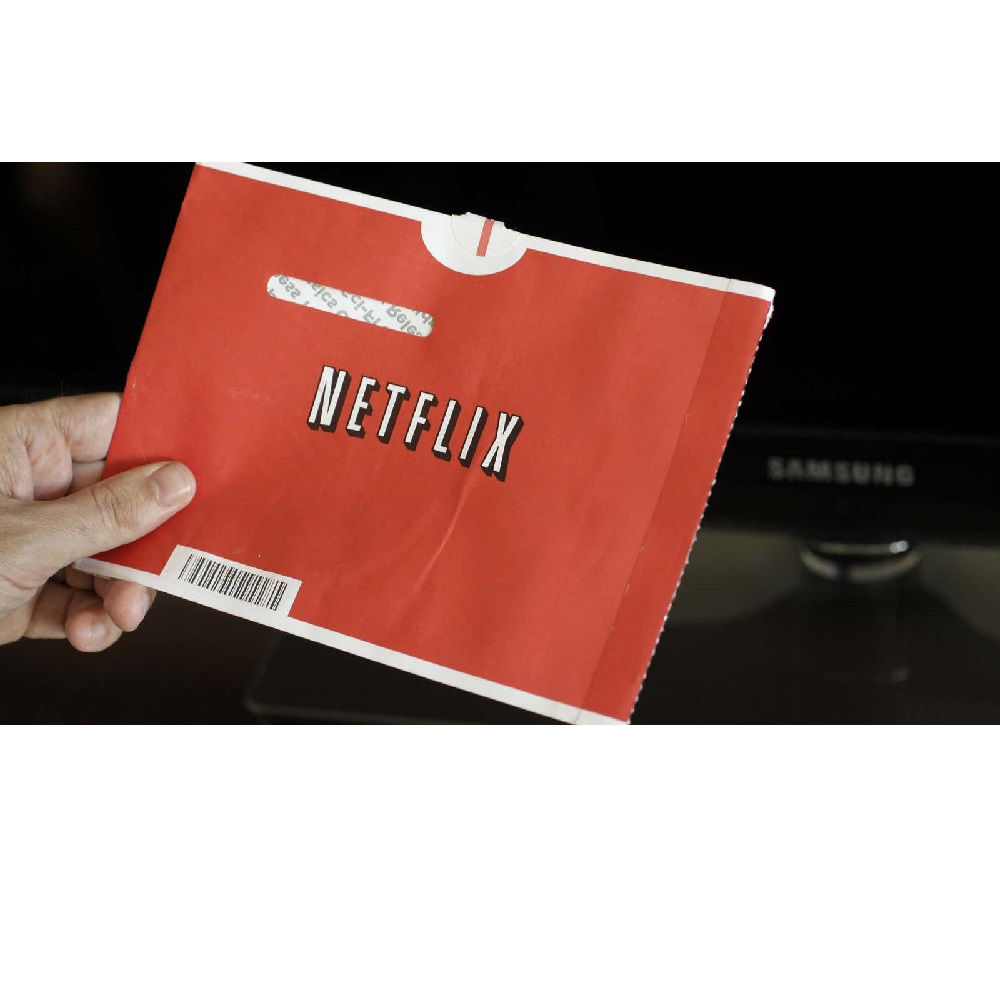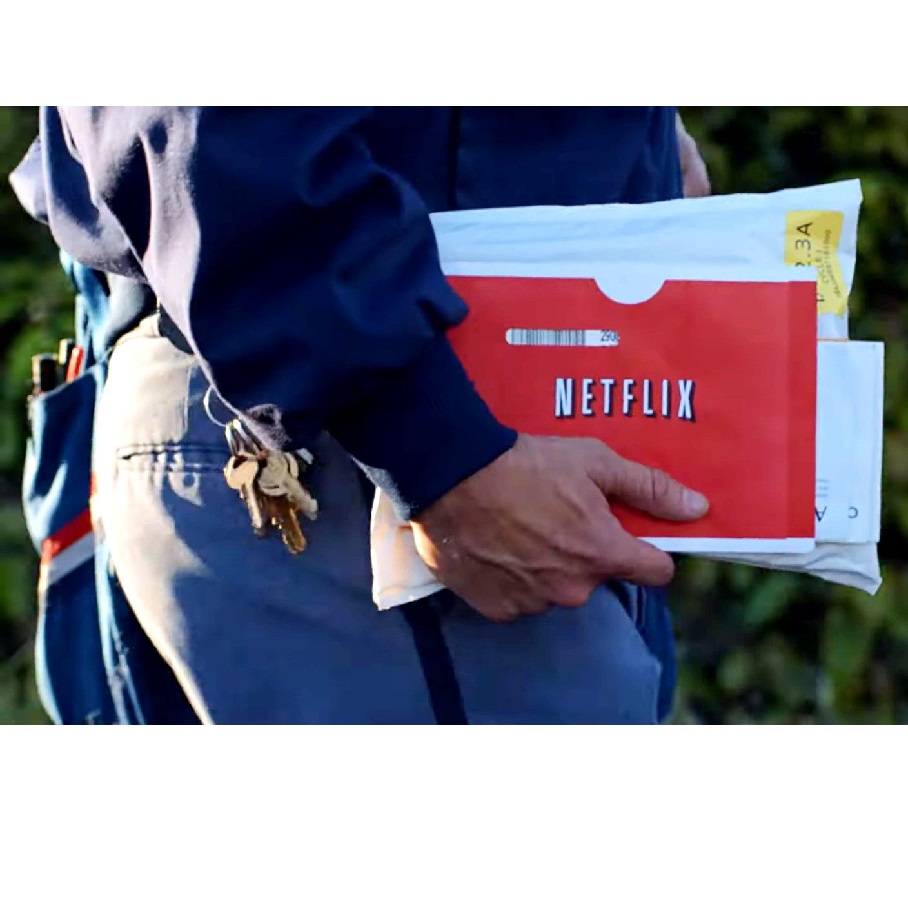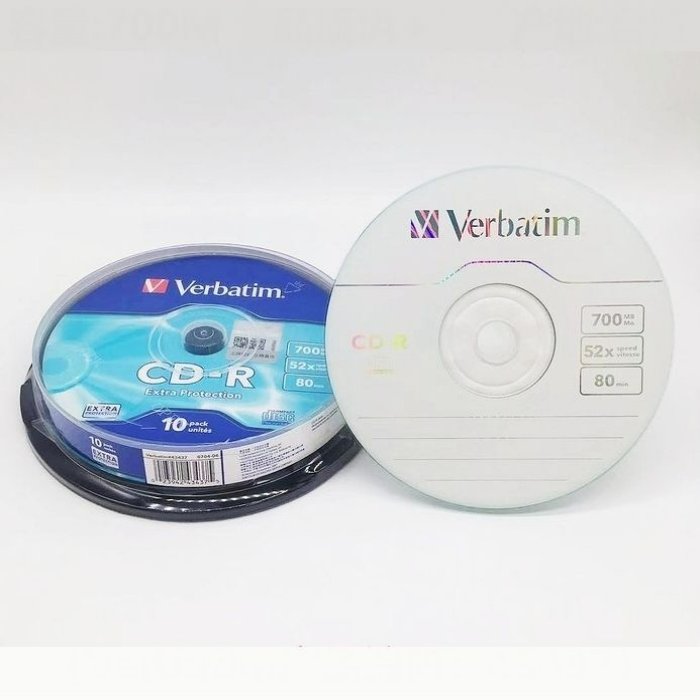In the early 2000s, the way people watched movies and TV shows started to change. DVD-by-mail services rose to popularity during this time. They offered a new way to enjoy films without leaving home. Customers could choose movies online and receive them in their mailbox. This was a big deal because it let people access a vast library of films without paying for cable or going to movie rental stores.
The Convenience of DVD-by-Mail
A New Way to Rent Movies
Before DVD-by-mail, renting films involved a trip to the video store. People would drive to the store, browse the aisles, and hope to find the latest titles. DVD-by-mail changed all of this. With just a few clicks, customers could select movies from the comfort of their homes.

Getting movies delivered to your mailbox was a game changer. It saved time and effort. No longer did people have to rush to rent a movie before it was due back. They could keep the film for as long as they wanted. This flexibility became a huge selling point for many users.
A Vast Selection
DVD-by-mail services offered customers an extensive library of films. They could choose from new releases, classics, and even hard-to-find titles. Services like Netflix started to build massive catalogs of films. This large selection appealed to many viewers. They felt they had more choices than ever before.
Moreover, customers discovered new genres and hidden gems they might not have found in a typical video store. The online selection often featured detailed descriptions and ratings. This made it easier for viewers to find something they liked. This level of personalization was a significant factor in the success of DVD-by-mail services.
The Popularity of Netflix and Rivals
Netflix Leads the Pack
Netflix is the most well-known DVD-by-mail service. It began in 1997 and quickly gained traction. Netflix’s subscription model worked well for users. Instead of paying for each movie, subscribers could pay a monthly fee. This allowed them to rent multiple DVDs at a time, with unlimited exchanges. Fans loved this model.
As Netflix grew, it started to invest in its own content. This eventually shifted the focus from DVD rentals to streaming services. Despite this shift, the DVD-by-mail service continued to thrive for a period. Many people still preferred physical discs for various reasons, including internet speed and data limits.
Competition Emerges
Other companies saw Netflix’s success and wanted a piece of the action. Companies like Blockbuster, Redbox, and Hulu started offering similar services. Some even added delivery options to compete. These companies worked hard to attract customers. However, they had a more challenging time because Netflix had already built a strong brand.
Blockbuster, once a giant in the movie rental industry, struggled to adapt. Its late entry into the DVD-by-mail arena could not match Netflix’s entrenched position. Similarly, Redbox became popular for its kiosks. But while it offered convenience for immediate rentals, it did not match the catalog depth provided by DVD-by-mail services.
Changing Habits in the Digital Age
The Growth of Streaming Services
As technology advanced, streaming services began to emerge. Netflix took its DVD business and turned it into a streaming service in 2007. This made watching films even easier. Instead of waiting for a DVD to arrive, people could watch instantly. This shift dramatically changed viewing habits.
With streaming, viewers discovered they could access movies and shows anytime, anywhere. This newfound freedom helped boost the popularity of services like Hulu, Amazon Prime Video, and Disney+. People began to prefer the convenience of streaming over physical formats. Thus, the growth of streaming services directly affected DVD-by-mail companies.
Declining Demand for Physical Media
In the late 2010s, the demand for physical media began to decline. Many people no longer wanted to wait for DVDs in the mail. High-speed internet and smart devices made streaming easier than ever. Viewers could now binge-watch their favorite shows instantly. The decline meant that DVD-by-mail services had to reevaluate their business models.
Despite this decline, some loyal customers still preferred physical discs. They cherished the quality of DVDs and the ability to own a physical copy of a film. However, these customers were becoming fewer in number. The convenience of streaming outweighed the benefits of DVD rentals for many.
The Impact of DVD-by-Mail on the Film Industry
Accessibility and Exposure
DVD-by-mail services opened doors for many indie filmmakers. Previously, it was tough for them to reach audiences. By allowing a larger array of films to circulate, DVD rental services changed the game. Independent films found their way into homes more easily. They could reach audiences who might not have otherwise seen them.
Additionally, DVD-by-mail services often encouraged viewers to step out of their comfort zone. They motivated audiences to explore genres beyond mainstream films. This was a boon for lesser-known films and documentaries. The increase in exposure offered more opportunities for filmmakers. More people saw their hard work and creativity.
The Collector’s Market
The surge in DVD rentals also contributed to the collector’s market. Film enthusiasts began building their collections. They wanted to own special editions and limited releases. DVD-by-mail services often carried these unique offerings. Collectors could buy rare DVDs not widely available in stores.
The patches of growth in this market helped sustain a demand for DVDs even as streaming took over. People saw the value in owning physical copies of their favorite films. This interest laid the groundwork for specialty shops focusing on physical media, a trend that persists even today.
Challenges Faced by DVD-by-Mail Services
Logistics and Shipping
While DVD-by-mail services were revolutionary, they faced significant challenges. One major issue was logistics. Sending and receiving physical products requires a solid shipping network. Inevitably, there were complications such as lost packages or delays. Customers often got frustrated when movies did not arrive on time.
DVD-by-mail companies had to maintain a robust system to track inventory and manage shipping. This was less important for streaming services since they were digital. Companies needed to invest in technology to solve these logistical issues, which added to their operational costs.
Competition from Streaming
As previously mentioned, the rise of streaming services directly threatened DVD-by-mail operations. With so many options available, customers started moving towards streaming. This shift meant fewer rentals and subscriptions for DVD services. They struggled to compete with the ease and immediacy offered by streaming platforms.
Many viewers questioned why they should wait for a DVD when they could watch a movie online instantly. As the streaming market became saturated, DVD services found it increasingly difficult to keep up. Their business models began focusing mainly on loyal customers, making the market even more competitive.
The Future of DVD-by-Mail Services
Niche Markets
Despite the decline in popularity, DVD-by-mail services are not entirely gone. Companies like Netflix still offer DVD rentals, focusing on faithful customers. These services are now very much a niche market. They target collectors and those who still prefer physical media. Such loyal customers value what DVD-by-mail provides.
This uniqueness allows DVD services to explore new markets. For example, they could consider offering exclusive content or film festivals featuring hard-to-find films. By focusing on customer needs and preferences, these services may survive. A smaller but dedicated audience keeps their business alive.
Adaptation and Evolution
As technology advances, DVD-by-mail services must adapt. They can focus on a broader range of services. Perhaps by becoming a hybrid model combining physical rentals with streaming options, they could carve out a niche. By understanding changing habits, these services can offer tailored solutions.
Companies must also strengthen their online presence. They can enhance user experience through easy navigation and personalized recommendations. Additionally, leveraging social media and engaging with customers can keep interest alive. It’s essential to keep up with changing trends and innovate accordingly.
Conclusion
DVD-by-mail services transformed the way people rented and watched movies. They provided access to countless films from the comfort of home. Though competition and changing habits have led to their decline, they still hold a distinct place in the hearts of many. As technology continues to advance, these services have opportunities to adapt and evolve for a bright future.
Digital distribution and streaming have set the new standard. However, there will always be a market for the unique and nostalgic appeal of physical media. DVD-by-mail services paved the way for a new era of home entertainment. Their legacy will likely shape how future viewers experience films. For die-hard fans of physical discs, DVD-by-mail will always hold a special place, ensuring that these services remain relevant even in a digital world.




